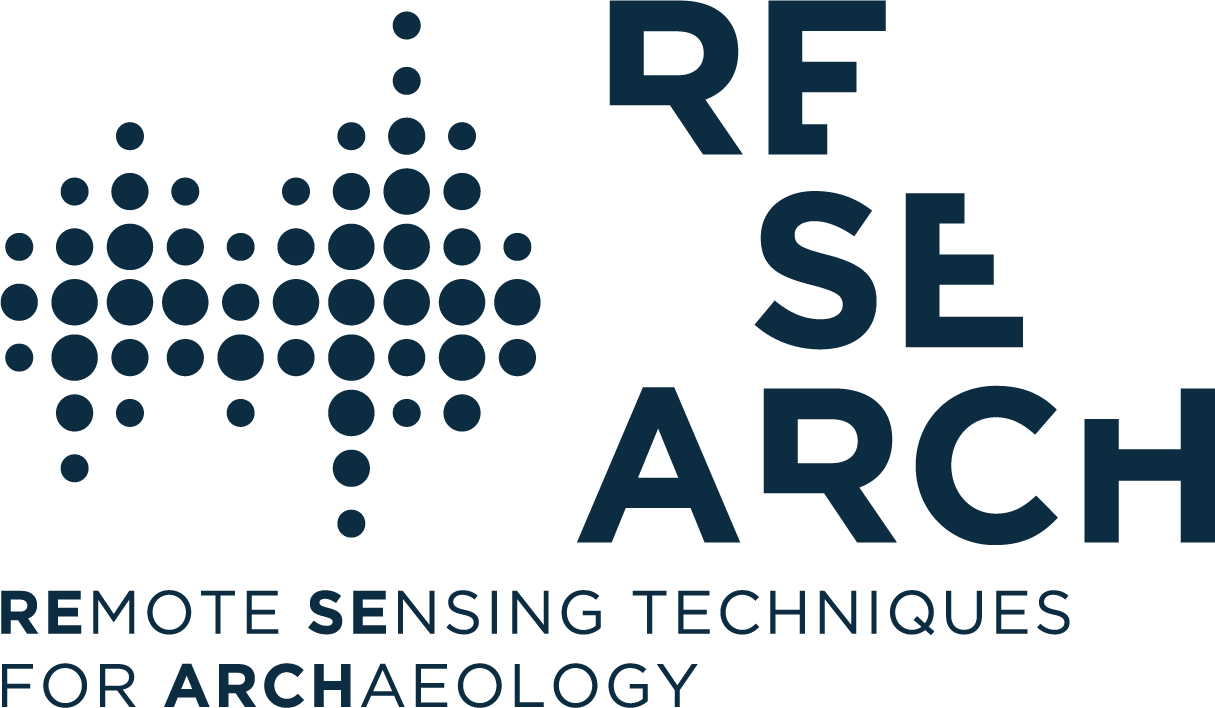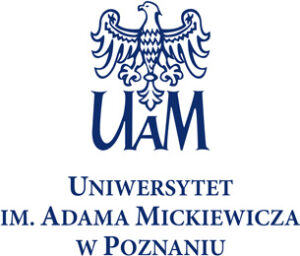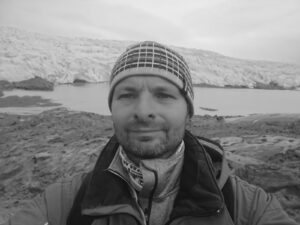Adam Mickiewicz University (AMU) ranks 3rd best university in Poland. Its location is divided between the historical center of Poznań and a large modern campus on the city’s outskirts. Currently, 47000 students are assigned to BA and MA studies and there are also c. 1300 Ph.D. candidates. The university offers assistance to foreign students by maintaining offices to support administrative tasks and help to adapt to living in Poland.
The Faculty of Archaeology (http://archeo.amu.edu.pl/en/) is one of the oldest scientific institutions at the university. Extensive field surveys are conducted by faculty’s teams in Poland and abroad (Iraq, Turkey, Ukraine, Sudan and Egypt). For more than two decades researchers have applied a range of non-invasive methods to projects related to landscape studies and heritage protection & management. The Faculty is renowned for an innovative theoretical and methodological approach, developing expertise in aerial archaeology and fieldwalking survey and in using satellite imagery and airborne laser scanning. Results are integrated in GIS environment leading to growing interest in the management of spatial data and issues related to big data analysis and interpretation. Themes related to the application of non-invasive methods in archaeology are present in research projects and study programmes at all levels of higher education (BA, MA, Ph.D.). At a European level, the Faculty used to be a partner in multinational European projects such as European Landscapes: Past, Present and Future (2004-2007), ArchaeoLandscapes Europe (2010-2015), ANHER: Innovative Format of Education and Training of the Integrated Archaeological and Natural Heritage (2014-2017)and ALIGNED: Aligned Quality-centric Software and Data Engineering (2015-2018) .
AMU’s participation in RESEARCH project integrates two units dealing with remote sensing data from scientific and humanistic perspectives. The Faculty of Archeology is supported by specialists from the Department of Soil Science and Remote Sensing of Soils. Combined expertise will help address several issues within two major themes formulated in the project. AMU will test and implement tools developed by the RESEARCH partners to estimate effects of land-use changes and soil erosion upon archaeological heritage, in particular: (i) relations between topography & land use and speed & scale of soil erosion, (ii) directions and speed of urban and touristic resorts developments, (iii) monitoring land-use changes (industry, roads, housing estates, farming infrastructure, etc.), (iv) developing strategies for heritage protection. Unique resources of spatial data will permit us to monitor and assess those changes at two different levels: at a regional scale in the area between Sławno and Darłowo (Pomerania) which is currently undergoing rapid developments; at a microscale these processes will be analysed at selected single sites. AMU will also test a multi-task web GIS platform, in particular its efficiency to integrate a wide range of data (satellite imagery, soil maps, DEM, topographic maps, aerial photographs, archival archaeological data, etc.) and its usefulness for rapid assessment of natural and cultural changes from a perspective of threats to cultural heritage.






